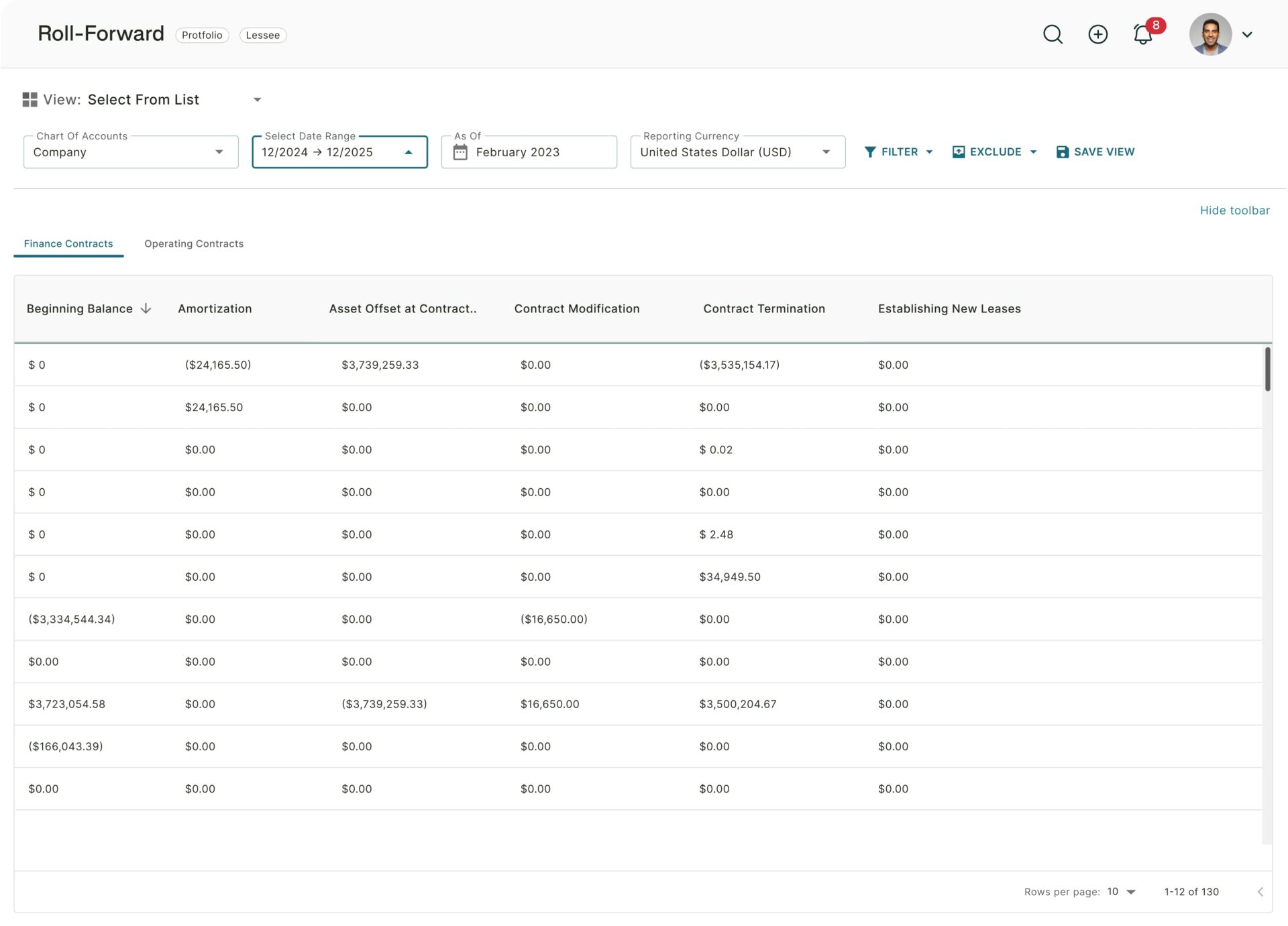There are few calculations more critical to accurate lease accounting than the incremental borrowing rate, or IBR. This calculation is often seen as the bottleneck of lease accounting, as it is so fundamental to so many areas of lease accounting, and has such an outsize effect on a number of lease-related calculations.
For example, it impacts the initial measurement of a lease, subsequent measurement, any lease modifications that are required – and of course it’s a key part of any audit.
In this article, we’ll start with the why – why the IBR is so important – and then look at the how, that is how to select and calculate the discount rate to be used in your company’s lease costs and calculations.
The IBR and its importance in lease accounting
Why is IBR so critical to lease accounting?
The answer is that when it comes to lease calculations, everything hinges on the discount rate that is used to calculate the value of the lease. Furthermore, any lease modifications that need to take place will also be based around this number.
As a quick recap, ASC 842 lease accounting standard changed the way leases are accounted for, marking a significant change from ASC 840 lease accounting rules. Unlike the previous accounting treatment, under ASC 842 leases and particularly operating leases cannot be expensed through the income statement. Rather, a right-of-use asset is created along with a lease liability. These balance sheet items are thus sensitive to initial calculations and re-measurements, which as we’ve seen are directly related to the discount rate used in lease calculations.
What rate should be used?
ASC 842 lease accounting standard specifically addresses the discount rate that should be applied to leases. It defines this as follows:
“For a lessee, the discount rate for the lease is the rate implicit in the lease unless
that rate cannot be readily determined. In that case, the lessee is required to use
its incremental borrowing rate.”
For many lease lease classificaitons, the discount rate implicit in the lease is difficult to determine. Therefore, in many cases, the IBR is used by private companies and public companies in their lease calculations.
Once again, the standard comes to our aid by defining the incremental borrowing rate as “the rate of interest that a lessee would have to pay to borrow on a collateralized basis over a similar term an amount equal to the lease payments in a similar economic environment.”
To make this even more clear, the IBR requirements state that in determining this rate, careful attention must be paid to the rate a lessee would get, given a similar collateralized asset, over a similar term, for the same monetary amount, and assuming a similar macroeconomic environment.
An example of selecting your IBR
Let’s assume that Acme Inc. is entering into a lease agreement for the use of a shipping container. Acme Inc. is unable to determine the discount rate implicit in the lease – so the CFO of Acme needs to determine the company’s incremental borrowing rate.
The CFO knows that the fixed rate at which Acme can borrow an amount similar to that of the total lease payments, in the same currency, over the same period of time, and with similar collateral as this particular lease agreement at the commencement date, is 4%.
This 4% figure is therefore the incremental borrowing rate or IBR that is used in calculating the lease.
IBR is just one of the challenges of lease accounting
IBR is certainly one key area of lease accounting, and its knock on effects are significant. There are many other areas of ASC 842 that can also be challenging for those getting to grips with this most recent lease accounting standard or attempting to manually calculate all of a company’s leases. These include:
- Accurately identifying dates: including the lease commencement date and the lease term, as well as the effective date of a lease modification
- Identifying embedded leases within contracts
- Assessing the relative certainty of future events (such as whether an option will be exercised)
- Disclosures, including quantitative and qualitative disclosures
Staying on top of your lease accounting – the smart way
With the new lease standard ASC 842, there are a number of critical areas that can derail a lease calculation. While this can be difficult enough with one lease, the complexity increases by orders of magnitude when it comes to dozens or even hundreds of leases within an entity.
Having smart, AI-enhanced software to handle your accounting for leases is the smart move that leading businesses are making today, in order to ensure full ASC 842 compliance.
While Trullion does not calculate the IBR for you, it offers an automated, AI-enhanced lease accounting software solution that takes care of your lease accounting from end to end.
Starting with scanning lease arrangements (PDFs or Excel spreadsheets) and extracting key information, through to suggesting audit-ready journal entries, proper disclosures, and allowing access to key stakeholders throughout – smart accounting teams are letting this technology do the heavy lifting for them.
If you’d like your lease accounting taken care of, so you and your team can focus on high-impact activities, get in touch with a Trullion representative today.
Watch our recent webinar on AI for lease accounting.






